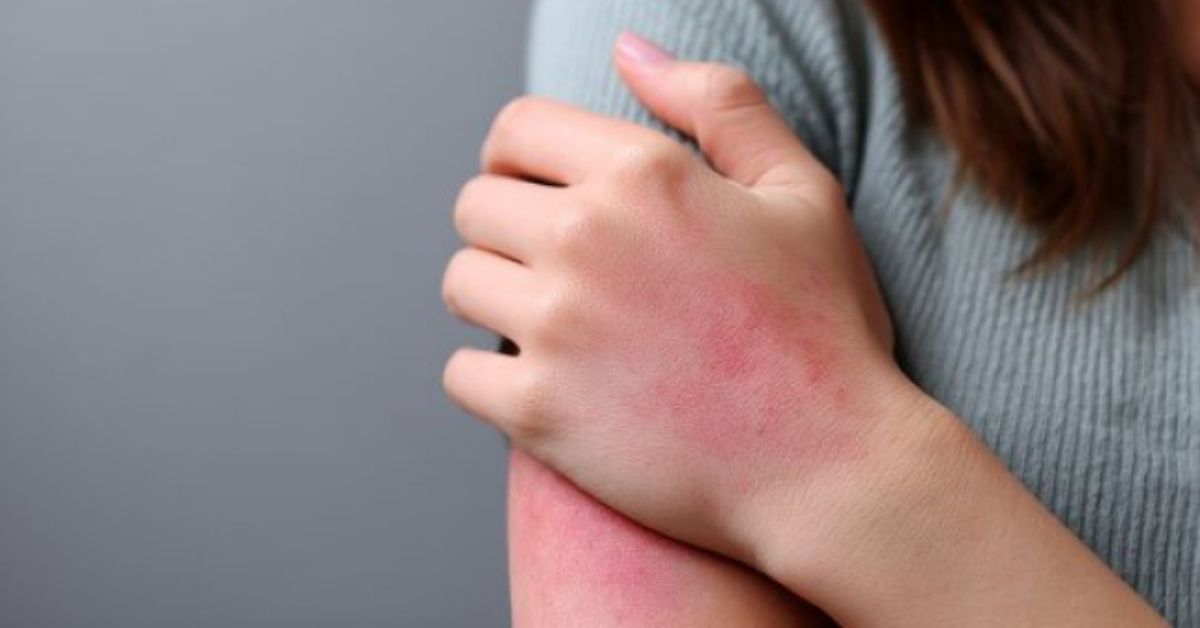Doctors Explore Best Treatments for VEXAS Genetic Disorder

Although most people likely believe that gene mutations are something that people are born with, genes can also change later in life and can occasionally cause illness.
That is how a new ailment that was just discovered by scientists begins in midlife.
Recurrent inflammatory responses caused by an immune system that targets its own cells are the hallmark of VEXAS.
Geneticist Dr. David Beck of New York University, who helped discover VEXAS, explained to NIH News in Health that mutations naturally occur in our cells as part of aging. He said, “It’s simply the normal wear and tear our cells experience as we grow older.”
Also Read, JCB Wins $45M U.S. Marine Corps Deal for 4CX Backhoes
What Causes VEXAS Syndrome
VEXAS is caused by an acquired mutation, which is not inherited from one parent to the other. Instead, acquired mutations occur throughout a lifetime and may be influenced by exposure to chemicals or radiation.
Scientists are still discovering the fundamental causes of VEXAS and its treatment. People who have VEXAS may experience lethargy, rashes, or fevers. Sometimes the disease affects the blood and bone marrow, while other times it affects other organs.
The cause: Red blood cell alterations to the UBA1 gene.
Men only have one copy of this gene, whereas women have two, and changes to that single copy double the risk of developing VEXAS. (Mutations would need to affect both copies of the gene in women.)
Role of the UBA1 Gene in VEXAS
According to NIH News in Health, the UBA1 gene codes for the synthesis of a crucial enzyme that marks proteins as damaged or unnecessary for elimination from the body.
Mutations in the UBA1 gene may cause the enzyme to fail. And that can then set off a series of events that stimulate the body’s defenses against illness, which might result in inflammation.
According to Beck’s team, the likelihood of having a mutation that causes VEXAS is approximately 1 in 13,600. One in 8,000 people over 50 do, and one in four men do. UBA1 mutation testing is used to diagnose it.
Among the signs of VEXAS are:
- Extreme exhaustion
- Nose and ear pain, edema, and redness
- recurring, sometimes severe skin rashes
- Inflamed blood vessels and blood clots
- Lung inflammation accompanied by coughing and dyspnea
- Anemia
- Low amounts of white blood cells and platelets
- Bone marrow biopsy abnormalities
Current Research and Treatments for VEXAS
The best approaches to treat the new ailment are still being determined by researchers.
They pointed out that inflammation can be reduced by steroids or other medications that suppress the immune system. The effects of VEXAS on bone marrow and blood are being studied about medications used to treat certain blood malignancies.
To find out if bone marrow transplants can treat VEXAS syndrome, the NIH is looking for volunteers for a clinical study.
Beck stated to NIH News in Health, “We’re still learning about this disease.” Only in recent years has it gained recognition. Therefore, much more effort must be made.
Additional details
Visit the Cleveland Clinic to learn more about VEXAS syndrome.
SOURCE: August 2025, National Institutes of Health
